 1831 - 1910
realism
1831 - 1910
realism
Description Albert Anker
Albert Anker, a Swiss painter whose brush captured the soul of everyday life, transcended the confines of traditional genre art. Born in Ins, Switzerland, Anker displayed a precocious talent for drawing. Against familial expectations, he pursued artistic education, studying in Paris and embracing the cultural milieu that would shape his distinctive style.
Anker's oeuvre is a hymn to the quotidian, a celebration of rural life and childhood innocence. His evocative depictions of schoolrooms, village scenes, and children resonated with a universal charm, inviting viewers into a nostalgic embrace of simpler times. His meticulous attention to detail and mastery of light and shadow added depth to scenes that transcended mere representation.
In an era marked by industrialization and social change, Anker's work emerged as a respite—a sanctuary of sincerity. "The Young Mother" (1879) and "The Lullaby" (1897) embody his ability to capture the tender nuances of familial bonds, imbuing his paintings with an emotional resonance that defies temporal constraints.
Anker's commitment to authenticity extended beyond the canvas. As a socially conscious artist, he actively engaged with the issues of his time, advocating for the welfare of children and education. His role as a public figure in Swiss society mirrored his artistic ethos, transcending the studio to embrace a holistic vision of cultural enrichment.
Despite the shifting tides of art movements, Anker maintained a steadfast allegiance to realism, believing that art should reflect the genuine experiences of the human condition. His legacy endures as a testament to the enduring power of simplicity and sincerity in art. Albert Anker, the poetic chronicler of Swiss life, remains an everlasting muse, inviting us to pause and find beauty in the ordinary tapestry of existence.
Gallery
Paintings Albert Anker
F.A.Q Section
"The Schoolmaster,"
"The Little Knitting Girl,"
"The Sick Girl,",
"The Young Mother"
These paintings showcase his ability to capture the innocence and simplicity of childhood, as well as the emotional depth of his subjects.
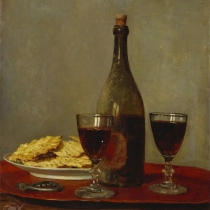


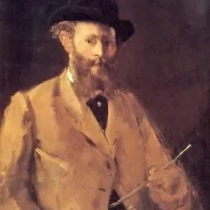

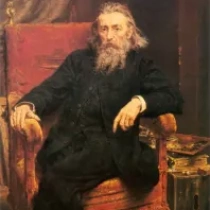
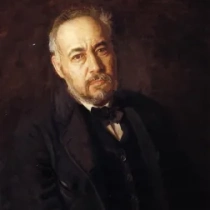
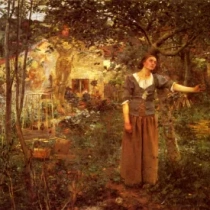

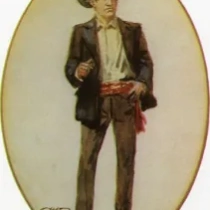




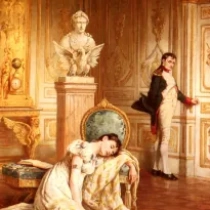
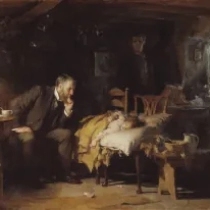

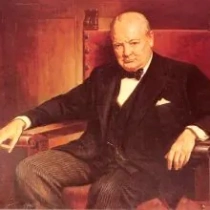

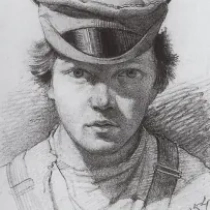



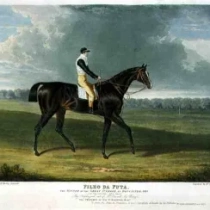
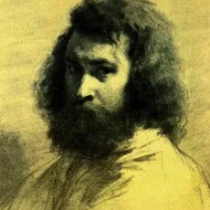

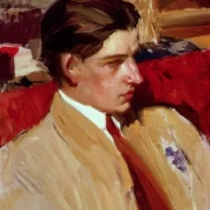


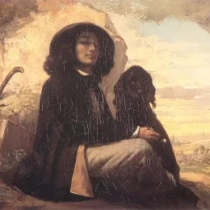






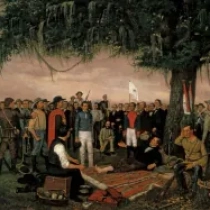
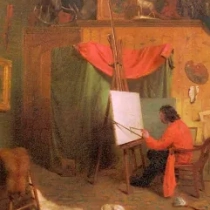
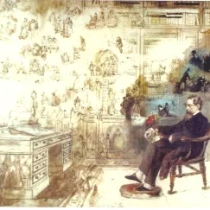

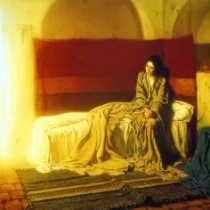
No Comments Yet...